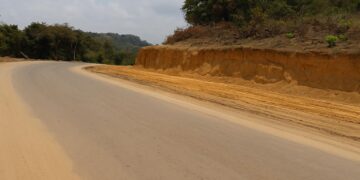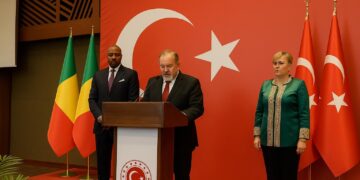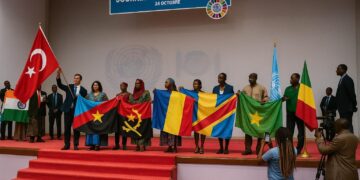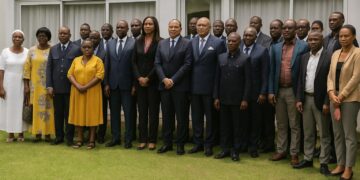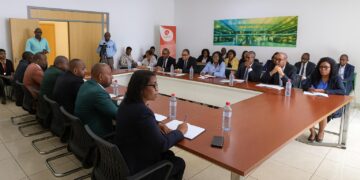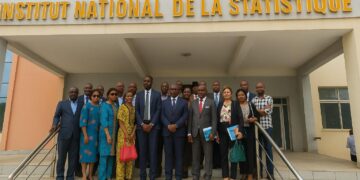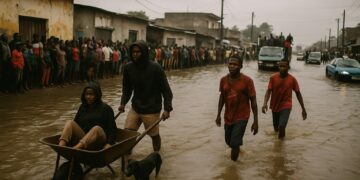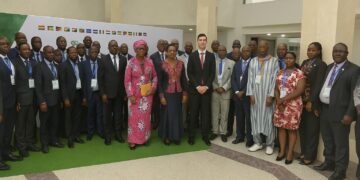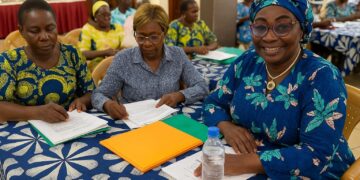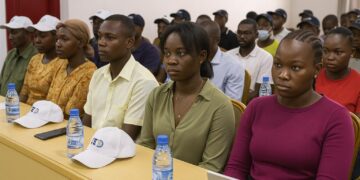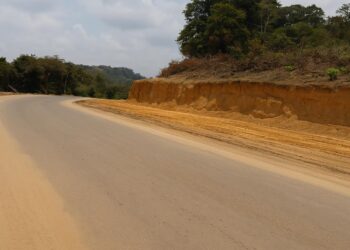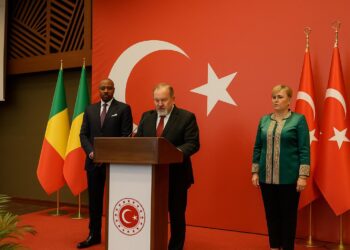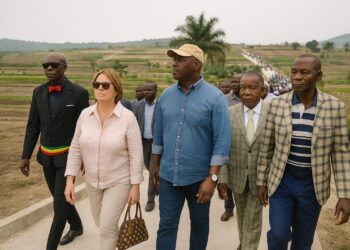World Bank approves landmark CEMAC health package
The World Bank has approved a disbursement of 168 billion CFA francs, equivalent to 290 million US dollars, to expand its Health Emergency Preparedness and Security Programme to Central Africa. The envelope, confirmed on 29 October 2025, targets Cameroon, Central African Republic, Republic of Congo and Chad.
Launched in West Africa after the 2014 Ebola outbreak, HeSP finances surveillance systems, rapid-response laboratories and cross-border coordination. Its extension aligns with the World Bank’s commitment to allocate at least 12 billion dollars globally for pandemic prevention between 2023 and 2026 (World Bank press release).
Financing structure and provisional allocation
The new Central African window pools 200 million dollars in concessional credits and 90 million in grants, reflecting the mixed debt sustainability profiles of the recipients. Disbursements follow International Development Association terms, with maturities up to forty years and grace periods of ten.
According to provisional allocations, Cameroon should receive roughly 110 million dollars, Congo-Brazzaville 70 million, Chad 60 million and the Central African Republic 50 million. Final envelopes will be confirmed after each government finalises procurement plans that meet World Bank fiduciary standards.
Strategic fit for Congo-Brazzaville
In Brazzaville, the Ministry of Finance welcomed the decision, noting that the 70 million dollars will complement the national Health System Strengthening Project and help operationalise the modern bio-safety laboratory inaugurated in Mbounda in July 2025 (Ministry of Finance, 2 Nov 2025).
The financing dovetails with Congo’s National Development Plan 2022-2026, which earmarks 8 percent of public investment for health resilience. By tapping low-cost multilateral funds, the government preserves fiscal space while pursuing its target of reducing the non-oil primary deficit below 5 percent of GDP.
Beyond individual envelopes, the World Bank stresses a regional logic. Epidemics ignore borders across the dense Congo basin, and landlocked economies such as Chad depend on Cameroonian and Congolese corridors. A shared early-warning network is expected to accelerate alerts within 24 hours of detection.
Regional coordination and infrastructure priorities
The CEMAC Commission, whose health mandate was recently reinforced, will chair quarterly coordination meetings and host a digital data hub in Douala. BEAC analysts believe stronger human-capital indicators could add 0.3 percentage point to regional growth by 2027, cushioning hydrocarbon volatility.
Each beneficiary will establish a National Project Implementation Unit embedded in the Ministry of Health but seconded by the Ministry of Finance for procurement. Congo has already appointed Dr Patricia Boukadia, former WHO liaison officer, as coordinator, signalling an intent to fast-track readiness assessments.
Investment priorities include refurbishing referral hospitals, equipping district laboratories with polymerase chain reaction machines, and upgrading border health posts at Ketta and Louvakou. The Bank will finance a regional stockpile of personal protective equipment hosted by the Port of Pointe-Noire’s free-zone warehouses.
Digital components feature prominently. A cloud-based platform will integrate laboratory results, case investigation forms and geospatial dashboards. Congo’s National Backbone Project, which expanded fibre to all departments in 2024, provides the bandwidth required for real-time uploads even from remote Sangha districts.
Private-sector and workforce opportunities
Private operators perceive commercial openings. Pharmaceutical distributors negotiating joint-ventures with Cameroonian firms can leverage the pooled procurement to achieve scale. Logistics players operating in the Pointe-Noire Industrial Zone expect demand for temperature-controlled trucking to rise by 20 percent once the regional vaccine depot is operational.
Job-creation prospects are also highlighted. The Congolese Association of Biomedical Engineers estimates that maintaining new equipment will require at least 150 qualified technicians. An agreement with the National Polytechnic School is under discussion to adapt curricula to the World Bank’s competency framework.
Governance safeguards remain stringent. All contracts above one million dollars will be subject to prior review, while annual external audits will be published on respective ministry websites. A citizen-engagement mechanism allows health-centre managers to flag delays anonymously via a toll-free line.
Environmental lens and donor synergy
Epidemiologists stress the environmental dimension. The Congo basin hosts 700 mammal species, and deforestation can disturb pathogen reservoirs. By financing field surveillance teams and One-Health training, the programme complements Congo’s climate commitments under the Central African Forest Initiative.
Donor coordination is advancing. The African Centres for Disease Control will integrate HeSP indicators into its continental scorecard, while the French AFD explores co-financing cold-chain modules. Harmonisation is expected to limit duplication and accelerate the disbursement curve, traditionally slow in multi-country projects.
Risks nonetheless remain. Capacity constraints, foreign-exchange volatility and potential procurement bottlenecks could delay progress. The Bank has built contingencies, including rapid-disburse sub-windows and advance contracting, to keep critical items such as reagents flowing even under liquidity stress.
Outlook for investors and policymakers
For investors evaluating sovereign risk across CEMAC, the 290 million-dollar package offers a concrete signal of multilateral backing and institutional reform momentum. Improved health security reduces the probability of lockdown-type shocks, reinforcing macro-stability and, by extension, the durability of growth-driven opportunities in Congo and its neighbours.
Stakeholders interviewed concur that sustained political ownership will be decisive. A high-level steering committee chaired by CEMAC heads of state is scheduled for March 2026 to review milestones.


